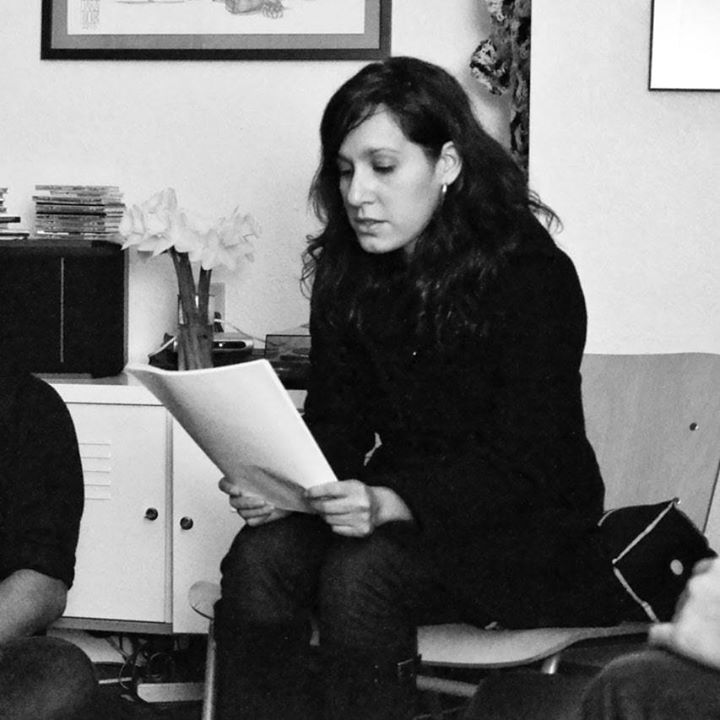At The New Inquiry, poet and literature scholar Chris Chen talks with fellow poet Wendy Trevino about her most recent chapbook Brazilian Is Not a Race. Trevino grew up in the Rio Grande Valley of Texas, which is almost 90 percent Latino. Brazilian Is Not a Race explores how this relative ethnic homogeneity does not escape the formation of racial hierarchy and racial discrimination. Here’s an excerpt from the conversation:
CHRIS CHEN. I thought it might be helpful for readers coming to your work for the first time to ask a little about the place where you grew up: Harlingen, Texas. Your recent chapbook, “Brazilian Is Not a Race,” starts off by recounting some childhood experiences of coming up against everyday social hierarchies in a part of Texas that might appear culturally homogeneous to outsiders. One of the first things that struck me about this chapbook was how it refused to “make love and hate/less complicated” by downplaying those divisions.
WENDY TREVINO. First it’s important to understand that the Rio Grande Valley, where I grew up, used to be part of Mexico, and to this day, the area’s population of 1.3 million is something like 90 percent Latinx. People talk about it like it’s this place where Mexicans, or Mexican-Americans, depending on who you talk to, can avoid racialization and assimilation into white culture, because there are so many who share those identities there. But those identities shouldn’t be mistaken for coherent categories of people in relation to race, class, politics, religion.
The myth of racial or Brown unity crumbles when put under basic scrutiny. For example, Mexican nationals spend about $4.5 billion a year shopping along the Texas border. In McAllen and Brownsville, cross-border shopping accounts for 30-40 percent of total retail sales, and the shoppers are often members of wealthier classes in Mexico (at least, pre-Trump). Yet, the poverty rate in both Hidalgo County and Cameron County (of which McAllen and Brownsville are respectively a part) is above 33 percent. The child poverty rate is above 45 percent. Just across the borders of McAllen and Brownsville, in Reynosa and Matamoros, there are 247 maquiladoras–low-wage factories along the border run by foreign companies–with 174,000 employees who make on average a little more than $2 dollars an hour. And every year, hundreds of thousands from Mexico and Central America risk their lives to “illegally” cross those borders.
Part of what I’m trying to show in my work is these kinds of class divisions among a supposedly homogenous population. The wealthy Mexicans call the Mexican-Americans “pochos,” which is a derogatory term that emphasizes the lack of fluency in Spanish of Mexican-Americans. On the other hand, the Mexican-Americans supposedly refer to the Mexican nationals as “fresas,” which basically means “preppies,” a term which I think speaks to some class antagonism.
Growing up in the Valley, I always had a sense of this hierarchy within Mexicans, a colloquial category that included Mexicans from Mexico as well as Mexican-Americans. As much as the local Anglos wanted to make all Mexicans into one thing, we were clearly not. I don’t want to make it seem like at the top of the hierarchy of Mexicans, there were wealthy Mexican nationals and below them everyone else. There were also wealthy Mexicans, who were really Mexican-Americans.
I should say that I don’t think this oversimplification of who comprises the category Mexican in race relations discourse in South Texas happens just because Anglos want Mexicans to be one thing. The way this flattening obscures racial and class divisions works to the advantage of anyone wanting to maintain unequal economic relations. I hope my work makes clear that Anglos aren’t the only ones who have something to gain by maintaining social stratification in South Texas. There are Mexicans and Mexican-Americans collaborators who have something to gain, too.
Image: Wendy Trevino
